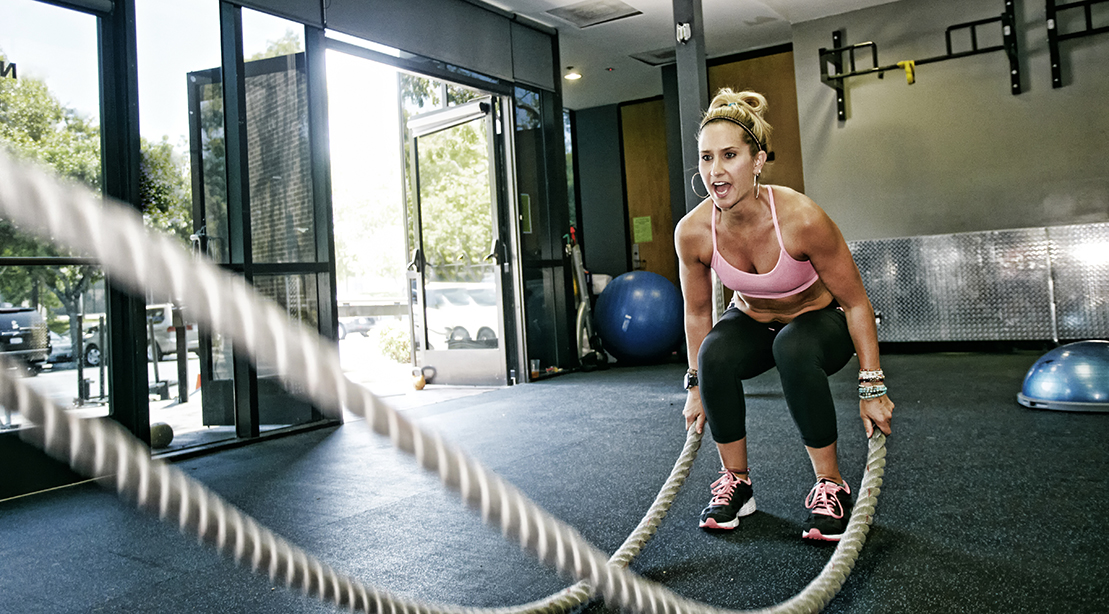According to the Academy of Nutrition and Dietetics' Complete Food and Nutrition Guide (3rd ed.),
When you are fit, you have:
- Energy to do what's important to you and to be more productive
- Stamina and a positive outlook to handle the mental challenges and emotional ups and downs of everyday life and to deal with stress
- Reduced risk for many health problems, such as heart disease, cancer, diabetes and osteoporosis
- The chance to look and feel your best
- Physical strength and endurance to accomplish physical challenges
- A better chance for a higher quality of life and perhaps a longer life, too.
1. Aerobic exercise
-
Jogging:

Jogging is a form of trotting or running at a slow or leisurely pace. The main intention is to increase physical fitness with less stress on the body than from faster running but more than walking, or to maintain a steady speed for longer periods of time. -
Walking:

Walking is one of the most popular forms of exercise worldwide. It doesn't require expensive equipment or special skills, and it provides a wide range of health benefits. -
Treadmill:

A treadmill is a piece of equipment, for example an exercise machine, consisting of a wheel with steps around its edge or a continuous moving belt. -
Swimming:

Swimming is an individual or team racing sport that requires the use of one's entire body to move through water. -
Cycling:

Cycling can help to protect you from serious diseases such as stroke, heart attack, some cancers, depression, diabetes, obesity and arthritis.
2. Anaerobic exercise
-
Weight training

Weight training is a common type of strength training for developing the strength and size of skeletal muscles. It uses the force of gravity in the form of weighted bars, dumbbells or weight stacks in order to oppose the force generated by muscle through concentric or eccentric contraction. -
Isometric exercise

An isometric exercise is a form of exercise involving the static contraction of a muscle without any visible movement in the angle of the joint. -
Sprinting:

Sprinting is running over a short distance at the top-most speed of the body in a limited period of time. It is used in many sports that incorporate running, typically as a way of quickly reaching a target or goal, or avoiding or catching an opponent. -
Interval Training:

Interval training is a type of training exercise that involves a series of high-intensity workouts interspersed with rest or relief periods. The high-intensity periods are typically at or close to anaerobic exercise, while the recovery periods involve activity of lower intensity.
